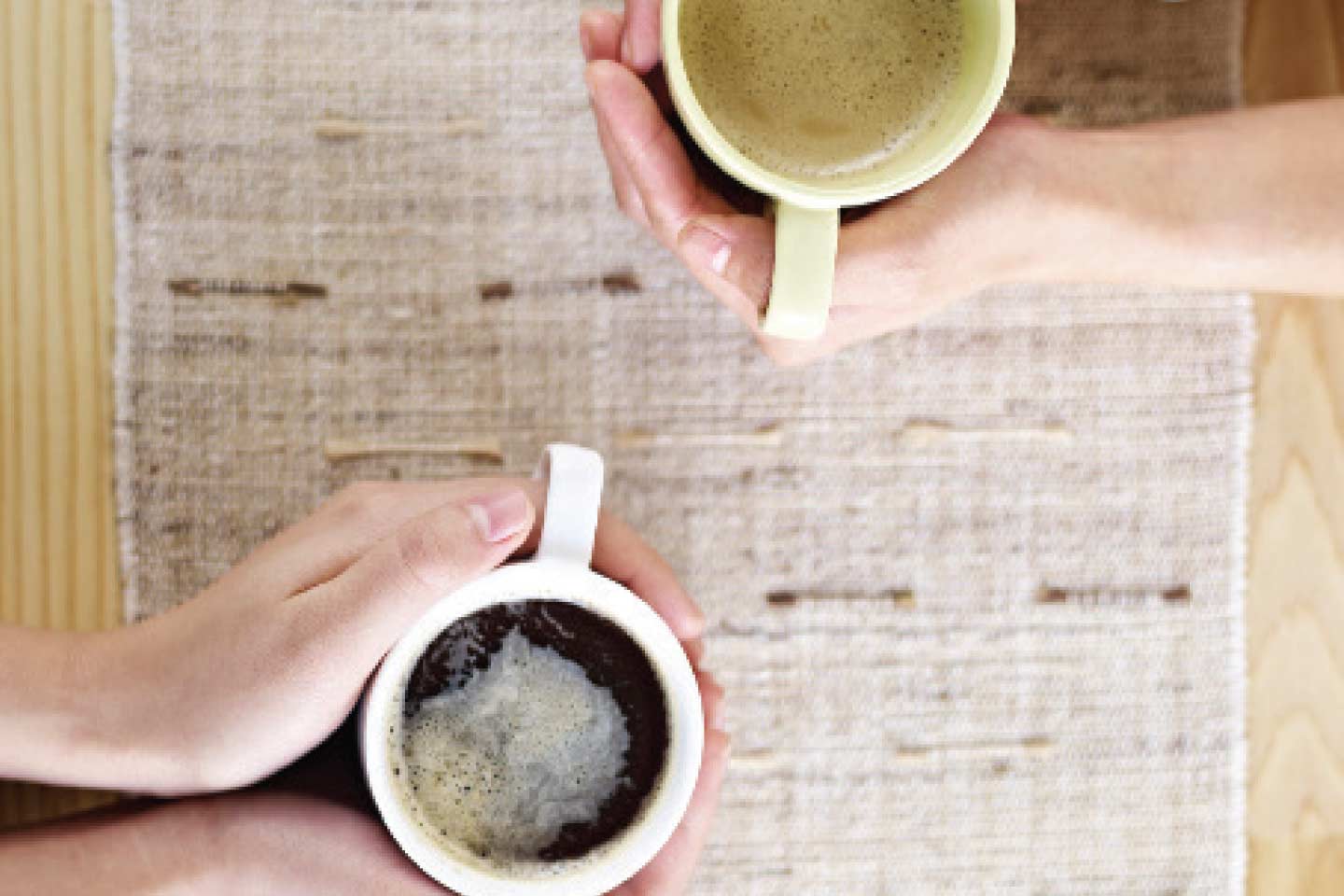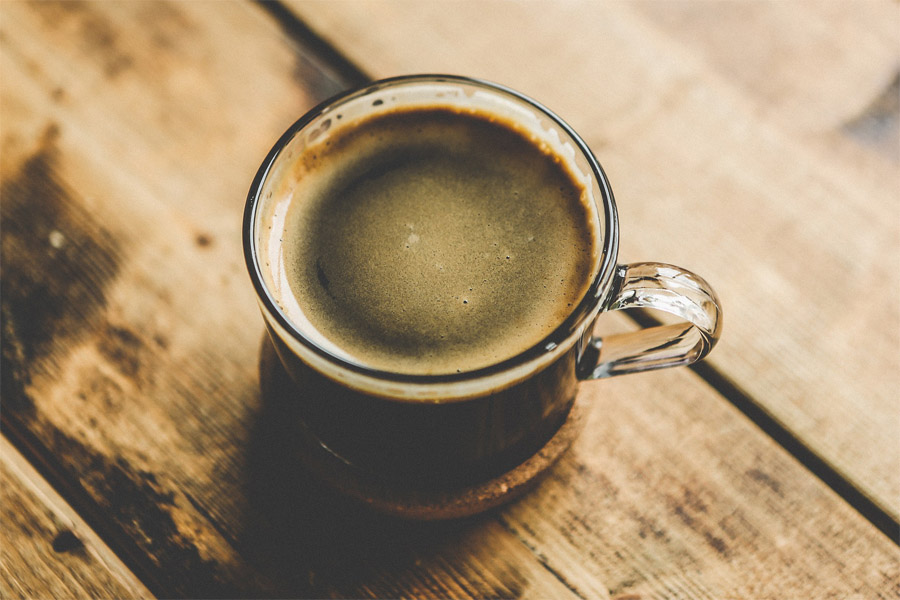
But just like with espresso and coffee, a cup of green tea requires fewer leaves than a cup of coffee does grounds, and therefore only contains about 40 – 70 mg of caffeine per cup.

With its 3.5 percent of caffeine, green tea is actually higher in caffeine than filter coffee. The tannins in the tea bind the caffeine and debilitate the stimulating effect the longer the tea is steeped. It’s important to note that the caffeine only releases its stimulating properties when steeped for 2 minutes or less. 150 ml) contains about 30 – 60 mg of caffeine, which equals only half a cup of filter coffee. In fact, it received its name from the very drink that contains it.Ī cup of black tea (approx. In addition to caffeine, it also contains theaine, an amino acide analogue with the same stimulating effect as caffeine. The recommended maximum daily intake of caffeine for a 60kg adolescent is 150mg. The amount of caffeine found in this tea depends on the coffee cherry used, but usually contains up to one-fifth less than filter coffee.īlack tea is equally stimulating. High-caffeine drinks in South Korea are defined as those containing 15mg or more of caffeine per 100ml, and many commercially available variants have 60mg to 100mg of caffeine in total per can. The tea has a naturally sweet aroma and encapsulates natural flavors of rosehip, cherry, or hibiscus, depending on where it’s from. It is made from the dried pulp of the coffee cherry and is steeped like conventional tea. Get in touch with our experienced engineers for your espresso and coffee machine repairs by phone 02039 574 961 or through our contact form.Up until a couple years ago, cascara tea was considered a by-product of coffee production. It usually contains less caffeine than regular coffee, with one cup containing roughly 30–90 mg, however again certain brands will of course vary.Ĭontact Us for Coffee Machine Repair Services Instant coffee is perhaps the most convenient type of coffee as there is no need for any brewing. To prepare instant coffee you just must mix one or two teaspoons of dried coffee with hot water. However, keep in mind that a single shot of espresso is 1 oz and a double shot is 2 oz. So, overall a cup of regular coffee contains more caffeine than a single or double shot of espresso. By comparison, a cup of drip coffee contains between 70 and 140mg of caffeine. It is generally in ground dry pieces, which dissolve in water. Two shots of espresso contain between 60 and 128mg of caffeine. Instant coffee is made from brewed coffee that has been freeze-dried or spray dried.

Two shots however, contains around 125mg of caffeine! One shot of espresso is generally about 30–50 ml and contains about 63 mg of caffeine.

This is usually the basis of Cappucino, Latte and a Mocha, which are the typical drinks in a regular high street coffee shop.Īlthough espresso has more caffeine than regular coffee, it usually contains less per serving, since espresso servings are much smaller. It is seen as a more luxurious type of coffee as it is smoother and usually has more flavour than other types of coffee. This of course is still a very low intake of caffeine and most decaffeinated coffee contains this same range although some types can be higher or lower, depending on the brand.Įspresso is made by forcing a small amount of hot water, or steam, through finely-ground coffee beans. One cup of brewed coffee contains about 70–140 mg of caffeine or about 95 mg on average so this is really the baseline for coffee and what most peoples’ average caffeine intake would be.Īs seen in the name, decaffeinated coffee is much lower in caffeine yet is not completely caffeine-free! It may contain varying amounts of caffeine, ranging from 0–7 mg per cup, with the average cup containing 3 mg. Probably the most common variant of coffee, brewed coffee, known as regular coffee is made by pouring hot steamy water over average ground coffee beans within a filter.
#Caffeine in espresso full
If you ate the beans as they are you would be consuming the full 6 mg of caffeine in these beans. Since there is still leftover caffeine in the brewed beans, you are not consuming the full amount possible.

Each variant has different caffeine levels ranging from almost nothing to the highs of 500 mg! Here are a few examples to show just how broad the caffeine levels in coffee truly are… This roughly works out to a single shot of espresso containing 63 mg of caffeine. Your average cup of coffee contains around 95 mg of caffeine, yet this does not apply to all types and variants of coffee. Coffee is the first thing that comes into your mind when someone says caffeine.


 0 kommentar(er)
0 kommentar(er)
